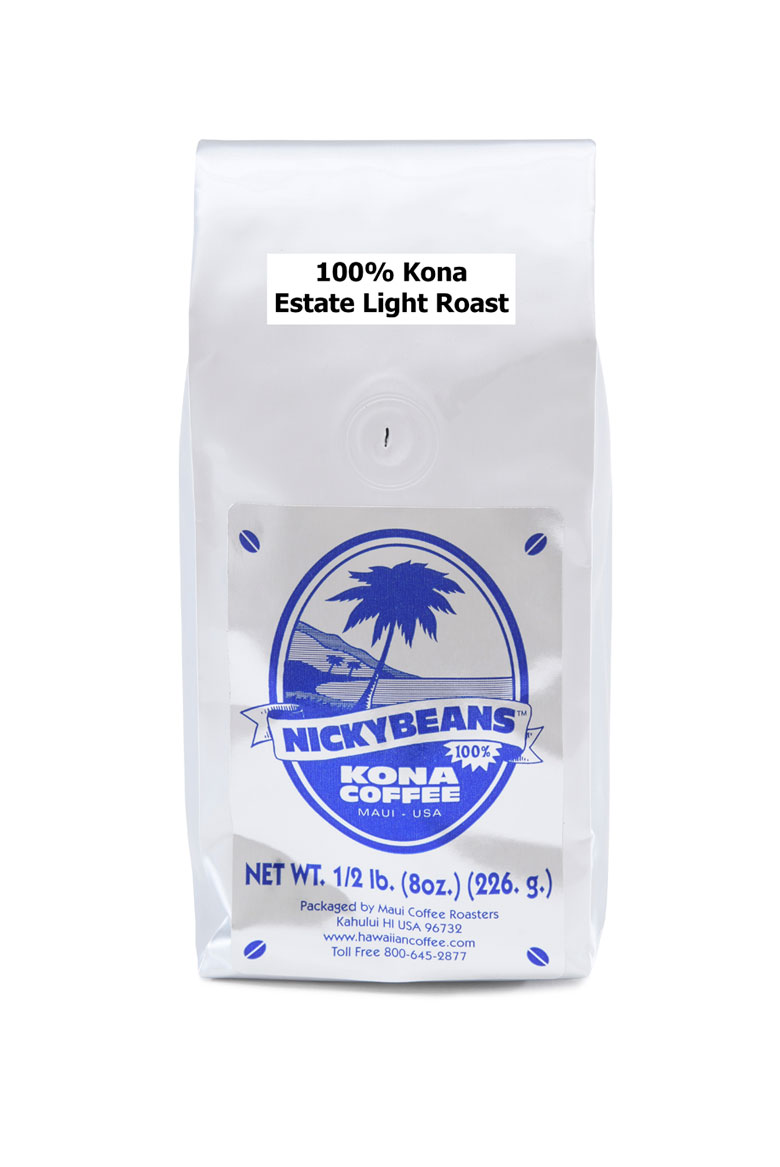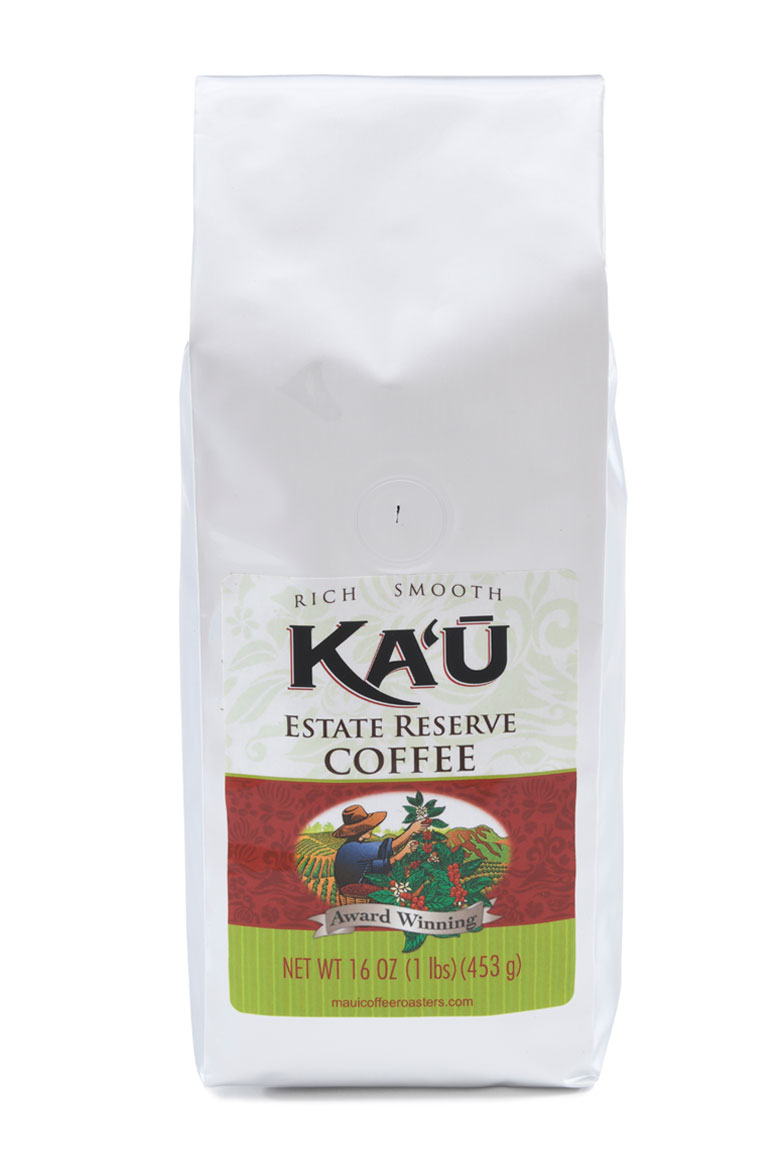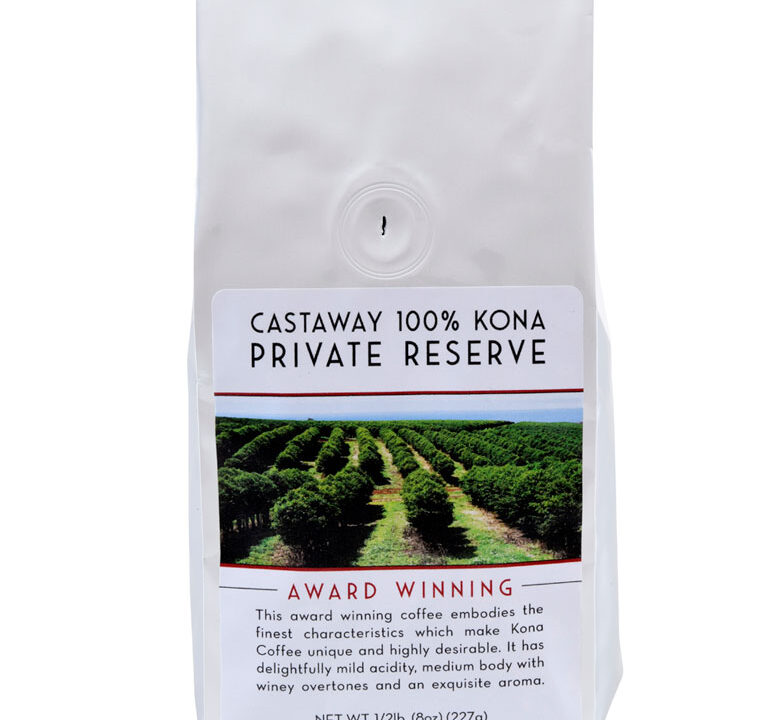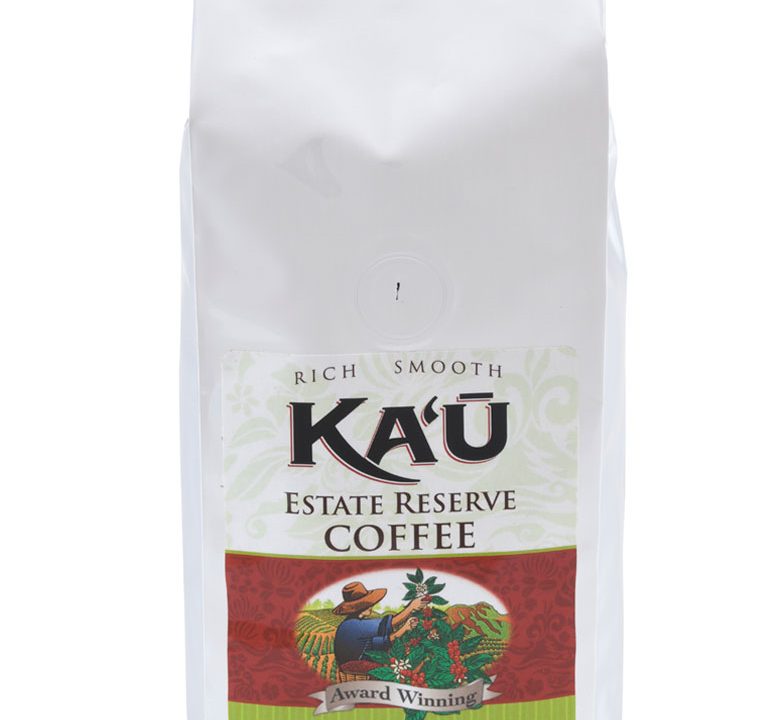
What’s Unique about Kona Coffee
May 17, 2024
Discover Hawaiian Coffee Magic
June 1, 2024The origins of Hawaiian coffee
The origins of Hawaiian coffee may be traced back to the early nineteenth century, when it first arrived on the islands. Coffee plants thrived in the islands’ fertile volcanic soil and great climatic conditions. Hawaiian coffee, notably from the Kona region, has carved itself a place in the worldwide coffee industry, known for its rich flavor and high quality.
Kona Coffee: The Crown Jewel.
Kona Coffee, cultivated on the slopes of Mauna Loa in the Kona District, is frequently regarded as the pinnacle of Hawaiian coffee. Its peculiar flavor, influenced by the specific microclimate and volcanic soil, distinguishes it from other types. The care and attention given by Kona coffee farmers, many of whom own small family farms, contributes to the coffee’s remarkable quality.
The Unique Climate and Soil
Hawaii’s variegated environment, which includes bright mornings, wet afternoons, and temperate evenings, along with nutrient-rich volcanic soil, results in an unrivaled terroir for coffee cultivation. These circumstances are essential for generating the coffee’s distinct flavor profiles, which range from fruity and floral to nutty and peppery.
The Art of Cultivation
Coffee growing in Hawaii combines tradition and innovation. Many farmers use traditional methods, but there is also a strong emphasis on sustainability and environmental management. This commitment to sustainable techniques not only protects Hawaii’s natural beauty, but also secures the long-term profitability of the coffee industry.
From Seed to Cup.
The method of cultivating Hawaiian coffee is rigorous and labor-intensive. From picking the correct seeds to collecting the ripe cherries, each step is meticulously executed. The end result is a high-quality coffee bean that embodies the work and passion of Hawaiian coffee producers.
Sustainable Practices in Coffee Farming
Sustainability is at the heart of Hawaiian coffee production. Many farms use organic practices, shunning industrial pesticides and fertilizers in favor of natural soil enrichment methods such as composting and cover cropping.
Flavor Profile of Hawaiian Coffee
Hawaiian coffee is known for its broad flavor profile, which includes flavors of tropical fruits, vanilla, and even chocolate. Each batch’s particular qualities might differ greatly based on geography, elevation, and processing method, providing a varied and fulfilling experience for coffee enthusiasts.
Sensory Experience
Tasting Hawaiian coffee is a sensory experience that includes not just the taste, but also the scent and mouthfeel. Each sip exposes layers of taste, from the first fruity or flowery notes to the lingering sweet or spicy finish.
Pairing and Enjoyment
To thoroughly appreciate Hawaiian coffee, it should be consumed in a manner that enhances its distinct characteristics. Pairing it with dishes that highlight its features, such as tropical fruits or rich desserts, might improve the overall tasting experience.
Beyond Kona: Other Hawaii Coffee Regions
While Kona is the most well-known, other parts of Hawaii also produce excellent coffee. Regions such as Ka’u, Maui, and Oahu are becoming known for their high-quality beans, each with a particular taste profile affected by their unique terroir.
How to Identify Authentic Hawaiian Coffee?
Given the popularity of Hawaiian coffee, it is critical to understand how to recognize genuine items. Genuine Hawaiian coffee is frequently branded with the location of origin and accompanied by a certification of authenticity.
Certification & Labeling
Certifications such as the “100% Kona Coffee” mark ensure that customers receive pure, high-quality Hawaiian coffee. These labels verify the coffee’s origin and quality, promoting transparency and trust in the product.
The Future Of Hawaiian Coffee
The Hawaiian coffee business faces obstacles such as climate change and market rivalry, yet it is resilient and innovative. With a focus on quality, sustainability, and community, the future of Hawaiian coffee appears bright.
Innovation and Trends
To fulfill the demands of modern consumers and ensure the sustainability of coffee farming in Hawaii, the industry is adopting new technology and practices, such as improved processing methods and eco-friendly packaging.
Conclusion
The attractiveness of 100% Hawaiian coffee stems from its distinct taste, rich history, and the passion of its growers. Hawaiian coffee, as a mark of quality and artistry, continues to enchant coffee enthusiasts worldwide.



